Bio Garden News
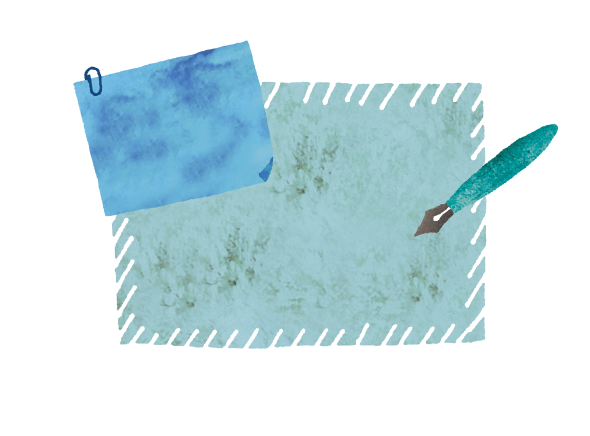
Millennium Forest News from December 4th
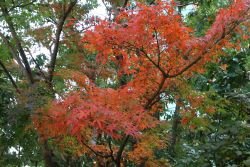
We are now in December, the season when the cold winds can be felt to the core.
Perhaps due to higher than average temperatures, there are many places in Tokyo where you can enjoy autumn leaves until early December.
In the Millennium Forest, the leaves of the trees began to gradually turn red, orange, and yellow from around the end of November.
It might be nice to take a leisurely stroll through the park, enjoying the vibrant scenery that is unique to this time of year.
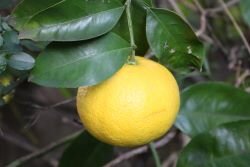
The summer mandarin oranges near the entrance have begun to bloom again this year.
One theory is that it was named "summer mandarin orange" because it bears fruit from autumn to winter and is ripe to eat the following summer.
One of strong point / feature of summer mandarins is that they have a stronger sour taste than regular mandarins. Perhaps for this reason, they are often used in processed products such as jams and sweets.
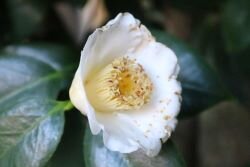
The camellias near the gazebo have started to bloom.
Camellias flower from winter to spring, but early-blooming varieties can also flower in early winter.
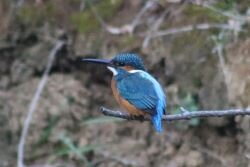
I spotted some birds by the pond!
The kingfisher is perched on a tree branch.
Kingfishers raise their young from spring through early summer, but you can also see them in the Millennium Forest at other times of the year.
Its vibrant cobalt blue feathers catch your eye even from afar.
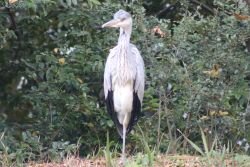
This is a grey heron with an impressive, slender posture.
He was looking straight ahead and stood there with a sense of ease.
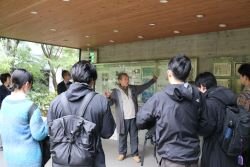
On Monday, November 18th, students from the Tokyo University of Agriculture Graduate School visited the Millennium Forest as part of a class.
After an explanation in the gazebo about the background to the establishment of the Millennium Forest and Fujikura's efforts to protect biodiversity, the students were given a tour of the premises.
The students also asked technical questions about landscaping design and vegetation management, such as the depth of the pond and methods for circulating purified water.

